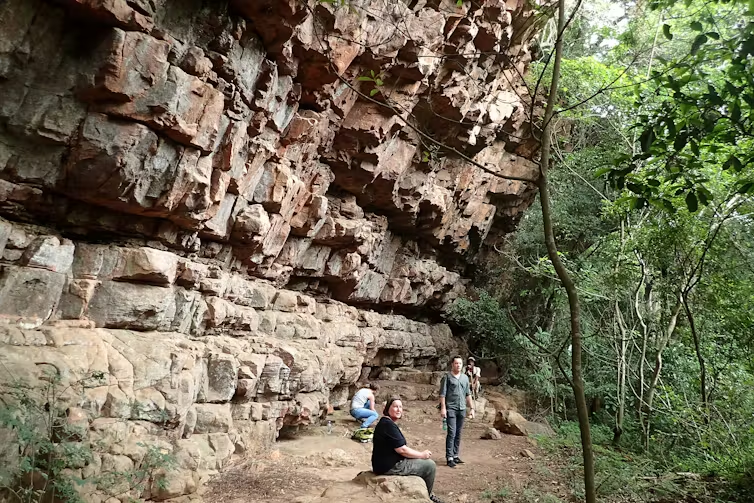The Pyramid of Menkaure is one of the most remarkable structures in the world, offering insights into the ancient civilization of Egypt. Located on the Giza Plateau in Cairo, this pyramid is the smallest of the three main pyramids in the Giza pyramid complex. Let's delve into the history, construction, and mysteries surrounding this ancient wonder.
Menkaure's pyramid was constructed during the Fourth Dynasty of Egypt, around 2510 BC. It originally stood at an impressive height of 65.5 meters (215 feet), though today it measures 61 meters (200 feet) tall with a base of 108.5 meters (356 feet). The pyramid was built using limestone and Aswan granite, with the lower part composed of red granite and the upper portion encased in Tura limestone. The methods employed in its construction have provided archaeologists with valuable insights into ancient pyramid-building techniques.
Although the exact date of Menkaure's reign remains uncertain, it is believed that his pyramid was completed in the 26th century BC. The pyramid is situated a short distance southwest of its more renowned neighbors, the Pyramid of Khafre and the Great Pyramid of Khufu, in the Giza necropolis.
Inside Menkaure's pyramid, explorers found intriguing artifacts. In the upper antechamber, a wooden anthropoid coffin inscribed with Menkaure's name and containing human bones was discovered. Radiocarbon dating revealed that the bones were less than 2,000 years old, suggesting possible mishandling of remains from another location or access to the pyramid during Roman times. Additionally, a basalt sarcophagus found deeper within the pyramid contained the remains of a young woman but was tragically lost at sea in the 19th century.
The Pyramid of Menkaure is part of a larger complex that includes a mortuary temple and a valley temple. These structures, made primarily of limestone, were adorned with granite facings and weighed several tons. It is believed that Menkaure's successor, Shepseskaf, completed the temple's construction. Historical records and stelae from the Sixth Dynasty suggest that a cult for Menkaure was maintained for centuries after his death.
South of Menkaure's pyramid stand three smaller pyramids, designated G3-a, G3-b, and G3-c, each accompanied by temples and substructures. These structures were likely intended as tombs for the queens of Menkaure and possibly his half-sisters. The largest of these pyramids, G3-a, features granite casing similar to the main pyramid, sparking debates about its purpose and usage.
In AD 1196, Al-Aziz Uthman, the Sultan of Egypt and son of Saladin, attempted to demolish the pyramids, starting with Menkaure's. However, the endeavor proved far more challenging and expensive than expected, with workmen only managing to leave a significant vertical gash on the pyramid's northern face. The Pyramid of Menkaure stands as a testament to the enduring legacy of ancient Egypt, offering a glimpse into the craftsmanship and culture of a bygone era. Despite centuries of wear and attempted destruction, it remains an awe-inspiring marvel and a testament to the ingenuity of the ancient Egyptians.
In this video, we’ll take us into the Pyramid of Menkaure, which is easier to navigate than the Great Pyramid, Bent Pyramid, and Red Pyramid due to the shorter passages, but still not easy.
The Pyramid of Menkaure may be small in comparison to others, but it’s arguably the most elegant pyramid at Giza, with its granite casing stones, the beautiful paneled chamber, the curved granite roof of the burial chamber, and the interesting layout of passages and chambers. Enjoy!





